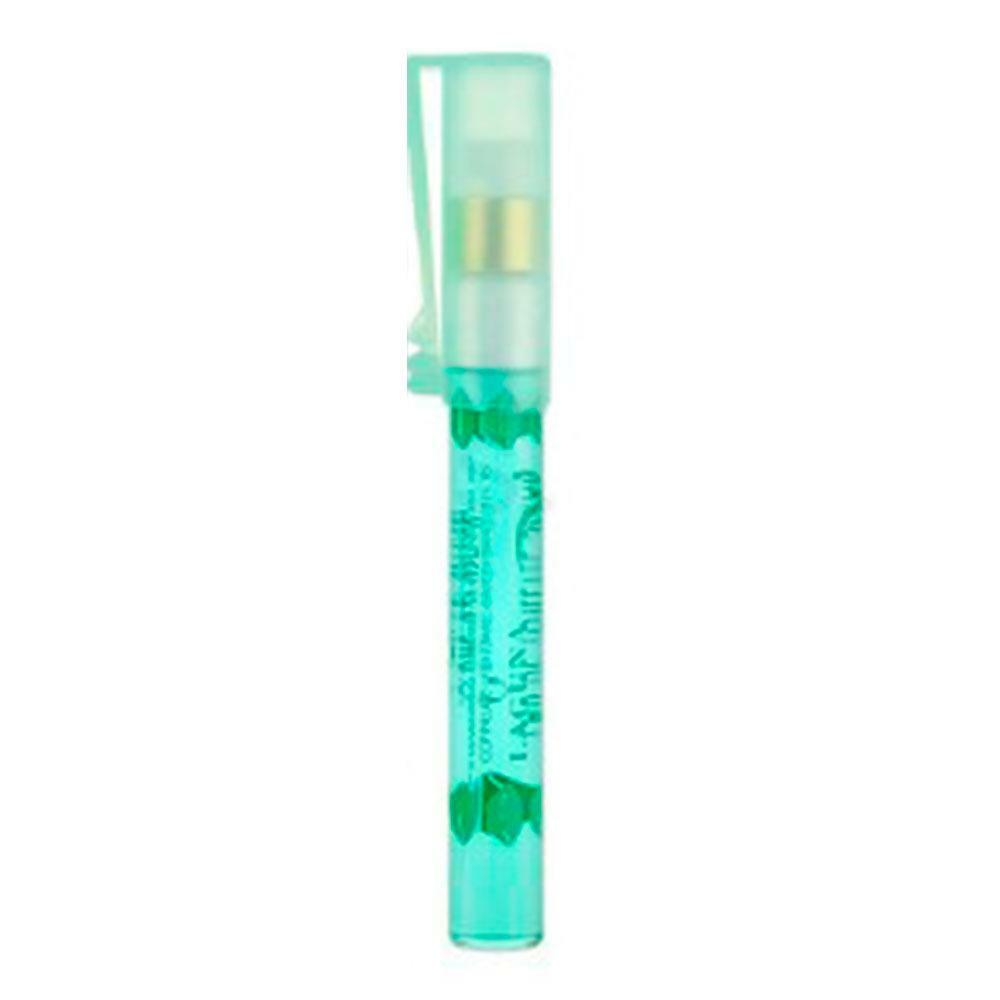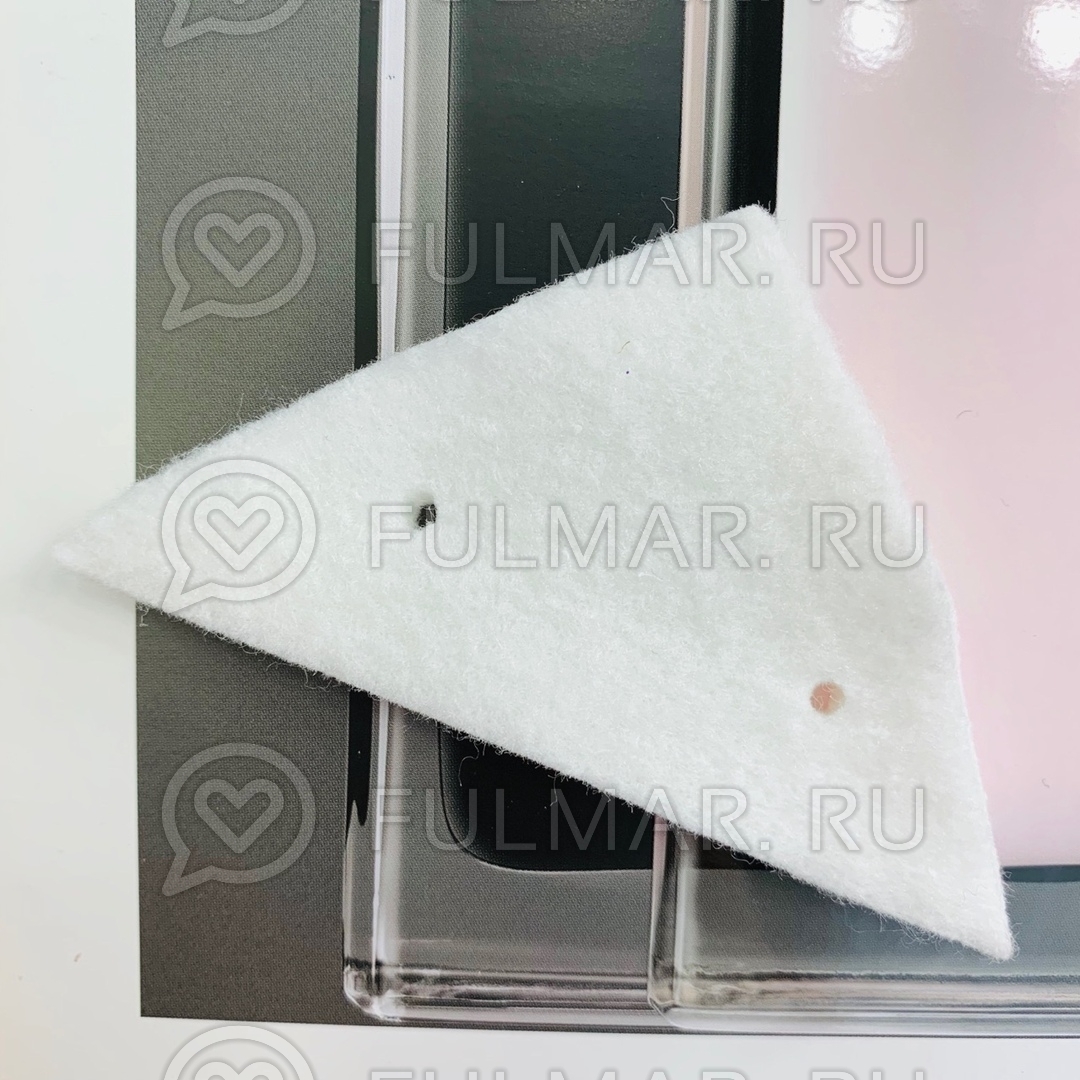Many owners of apartments and private houses are looking for original ceiling design options, and one of the most successful solutions is liquid wallpaper. They are perfectly combined with various types of finishes and at the same time are plastic, which makes them suitable for application on geometrically complex surfaces, multi-level ceiling structures. Liquid wallpaper on the ceiling, forming a monolithic texture after solidification, allows you to hide minor defects.
By giving preference to this finish, you can create a unique design of the ceiling space. But such results can be achieved only by knowing all the features of this material, its advantages and disadvantages of applying to the ceiling, finishing technology and other nuances.
What is liquid wallpaper
Liquid wallpaper is a decorative material for finishing surfaces, combining the properties of paint, plaster and ordinary wallpaper. They are produced on a cellulose or textile basis with the addition of environmentally friendly glue and additional components.
Depending on the composition, dyes, antifungal additives, sparkles, beads and other decorative elements are used as additives. The finishing material is produced in the form of a dry mixture, which, to obtain the finished mass, is diluted with water according to the type of preparation of decorative plaster.

Is it possible to apply liquid wallpaper on the ceiling
Traditionally, walls are decorated with liquid wallpaper, so many people ask themselves: is it possible to apply liquid wallpaper to the ceiling? Professionals give an unequivocal answer to it: yes, you can. But before deciding to take this step, it is necessary to evaluate all the pros and cons of such a finish, properly prepare the surfaces, and choose the material correctly.
Advantages and disadvantages
The most important advantages of applying liquid wallpaper to the ceiling include the following:
- ease of surface preparation, which does not require impressive financial and time costs;
- environmental friendliness, since the composition includes only safe components, and the formed layer does not interfere with air circulation and allows moisture to pass through;
- the possibility of repairing a separate section without dismantling the entire coating;
- lack of joints and visible seams, due to which a perfectly even coating is formed;
- resistance to deformation;
- variety of colors and textures.
It is important that liquid wallpaper for ceilings is not at all afraid of drafts, so they dry quickly and set even under adverse conditions.
The disadvantage is the price, which is higher than that of conventional wallpaper, as well as low moisture resistance. But these disadvantages are offset by the inclusion of water-repellent components and a long service life. Despite the fact that liquid wallpaper after solidification is as similar as possible to ordinary wallpaper, their characteristics and properties are radically different and more similar to decorative plaster.
Types of liquid wallpaper
On sale are liquid ceiling wallpapers of different colors, textures, decoration options, which, depending on the main component divided into several categories: cellulose, silk, cotton, mixed (combined).

Cellulosic
Cellulose wallpaper is a budget-friendly paper-based option made from recycled and fluffed wood. Their main advantages are rich colors and the ability to apply the mass in a thin layer, which allows you to get a smooth coating with minimal relief.
In addition, cellulose wallpapers tolerate low temperatures well, therefore they are suitable for decorating verandas, closed balconies, loggias. However, over time, they lose color under the influence of ultraviolet rays and are afraid of water.
Cotton
Cotton fibers are used as the main component of such mixtures. They have a rough, slightly fluffy surface, due to which, when applied to the ceiling, a dense, visually voluminous coating with a relief airy texture is formed. Unlike paper wallpaper, this option is more durable and practical to use, so it is in demand for decorating the bathroom and kitchen. It is considered the easiest to apply, has heat and sound insulating properties. Cotton wallpapers are more expensive than cellulose compounds.
Silk
Silk - textile wallpaper based on synthetic or natural silk threads, giving the finished coating a characteristic satin sheen. This type is considered the most expensive and durable. By using compositions based on silk get both smooth and textured surfaces, creating a bizarre pattern that changes depending on the lighting.
Silk liquid wallpaper does not fade, perfectly hides all ceiling defects and is quite easy to apply. They are often used for zoning the interior and creating an accent on certain areas of the room.
Combined
Mixed wallpapers are made on the basis of cellulose, which is diluted with silk or cotton fibers. There are also compositions with the inclusion of all three types of components: cotton, silk and paper.
How to apply
Technology work with finishing materials practically does not differ from its installation on the wall. But since it is applied to the lower plane of a horizontal surface, there is always a risk that the mass, without having time to harden, will peel off and fall under its own weight. To avoid this, high-quality surface preparation will help. In addition, you need to know how to apply liquid wallpaper to the ceiling.
Ceiling preparation
If liquid wallpaper on the wall successfully hides irregularities, then on the ceiling, due to the peculiarities of the texture and incident lighting, irregularities, on the contrary, become more noticeable. Therefore, first of all, you need to take care of leveling the surface. The most budget option is to use putty.

In addition, preparing the ceiling for liquid wallpaper includes other requirements that vary depending on the material of the rough surface:
- Concrete - absorbs moisture well, which can lead to deterioration of the adhesion of the wallpaper mass to the rough base. To prevent this, concrete must be puttied over the entire finishing area with a gypsum mixture, which will clog all pores and reduce the degree of moisture absorption. After its complete solidification, it is recommended to cover the ceiling with soil. It will give the concrete water-repellent properties and help strengthen a weak concrete surface that is prone to chipping and flaking.
- Drywall - a material with a smooth surface that needs to be putty over the entire area of \u200b\u200bthe ceiling. Even though it is smooth and forms virtually invisible joints, drywall requires application a thin layer of putty with the addition of PVA glue or with subsequent strengthening in several layers primers.
- Natural wood, plywood, fiberboard - on such surfaces, the wallpaper mass can be glued without preparation. But in order to increase the operational life of the coating and protect the wood from moisture, it is recommended to use a primer in 3 layers and, after it dries, cover the ceiling with water-soluble paint. In addition, when working with thin wooden sheets, it should be borne in mind that they can deform over time. Reliable fixation of the wooden structure in a position that excludes deformation will help eliminate possible torsion.
- Dye - in this case, the list of preparatory work will depend on the paint composition. If there is enamel or oil paint on the ceiling, then it must be completely removed using a special wash solution. Acrylic and water-based coatings do not need to be completely removed. It is enough to treat with a brush or spatula all peeling and loose areas, repair cracks and degrease the surface to be trimmed. For reliable fixation of the wallpaper mixture, it is recommended to treat the ceiling with a primer.
Necessary materials and tools
To decorate the ceiling with liquid wallpaper, you will need the following:
- Putty and primer to prepare the foundation.
- Deep mixing containers. It is better to use a specialized container for construction work with a volume of more than 10 liters, made of plastic.
- Trowel for applying liquid mass. Experts recommend using two types of plastic trowels: a small trapezoidal trowel for applying the material and a large straight line made of transparent material to align it on the ceiling.
- rollers. Tools with a smooth surface will be needed to level and smooth the coating. If texture is needed, use rollers or a short-haired brush.
- Hopper guns. This equipment is in demand for large-scale work and the use of compositions that do not have large decorative inclusions and natural fibers of great length. The hopper is equipped with a special container for wallpaper mass and works on the principle of a spray gun.
Preparation of liquid wallpaper
To obtain a wallpaper mass ready for application, you need to take a deep container and pour the required amount of the dry mixture. Then water is added to it in accordance with the manufacturer's recommendations and all components are mixed until a homogeneous solution is obtained.
To avoid grinding the components included in the composition, it is recommended to mix manually. The use of a mixer is justified only in the case of preparing a mass of large volume. In order for it to gain the required degree of viscosity, the solution is infused for up to 12 hours. After that, liquid wallpaper is ready for use.

Application instructions
Before applying to the rough surface, the wallpaper must be mixed and the degree of viscosity checked. Properly prepared solution is distributed evenly over the ceiling, without any difficulties. If the procedure is difficult, you need to add a small amount of water to the mixture and mix again.
The mass is applied to one area and rubbed into the desired area. The thickness of the formed layer should be within 3–5 mm. In order for the coating pattern to look uniform, circular movements are used for rubbing and the area to be trimmed is brought immediately to the final version. To improve sliding during the distribution of the mass, the trowel is moistened with water.
The quality of the finished coating is checked using lighting, which allows you to shade all the bumps. Liquid wallpaper is left to dry for a day, after which it can be invoiced.
Options for further finishing
Liquid wallpaper is a spectacular solution that is suitable for further decoration in many ways. With their help create spectacular paintings, drawings and panels. If desired, this coating can be painted. To give gloss and protect the finish from the negative effects of moisture, it is coated in several layers with acrylic varnish.
How to remove liquid wallpaper from the ceiling
An important positive feature of liquid wallpaper is the ease of dismantling this decorative coating. Material can be removed from the ceiling both manually and mechanically. For these purposes, it is enough to treat the surface with water with a spray gun until it is completely saturated and leave for 30 minutes.
During this time, the fibers will absorb moisture and swell, breaking the structure of the coating. After that, it is coated with a special solution that impairs the adhesive characteristics of the material, and manually cleaned with a metal spatula. If you plan to re-use liquid wallpaper, use only water.
It is possible to clean the ceiling from the decorative coating without preliminary wetting with water. To do this, use a grinder or drill with a special nozzle. This method saves time, but has an important disadvantage - a lot of dust is generated during operation.
Conclusion
Liquid wallpaper is a universal solution that will help to update the interior without impressive labor costs and financial costs. If you do not have enough free time, but want to make changes to the situation, pay attention to this type of decorative finish. Preparation of the composition and the ceiling, applying the mass to the surface does not require special preparation and allows even a beginner in the field of decoration to create a unique design on their own.


